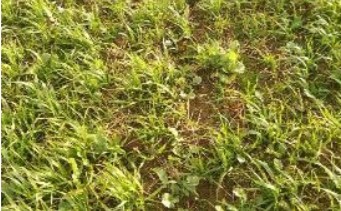For the benefits of cover crops to be fully realised, understanding what different cover crop species can achieve and how to manage them on different soil types and rotations is crucial.To be of benefit consider:
- Species choice – what do you want to achieve & does it fit with your rotation? Drilling a mix of species can provide multiple benefits and reduces risks, but is more costly and potentially more complicated to manage. Potential species to include can be divided into: legumes (to enhance soil fertility), brassicas (for nutrient uptake and soil structure), cereals (providing rapid cover and nutrient uptake) and ‘others’ (e.g. Phacelia and Buckwheat for nutrient scavenging abilities).
- Establishment - drill as early as possible (August rather than September) to maximise the benefits of cover crops, particularly to ensure good crop cover and nutrient recovery. Highest N recovery tends to be associated with either species that are able to fix additional N (i.e. clover and vetch) or establish good above or below ground biomass, early in the season (radish, phacelia, cereals).
- Destruction - leave a good window between destruction and spring crop establishment, particularly on heavy textured soils in wet springs. Cover crops are most commonly destroyed chemically, but other non-chemical methods are being explored such as mechanical destruction by flailing, crimping or rolling on a frost, or consider sheep grazing, which can provide an additional source of income.
- Investment required - be prepared for variable yield impacts and the need for repeated cover cropping to realise the benefits over the longer-term. Soil structural improvement from a single year of cover cropping can be difficult to detect.
There is lots of recent and on-going work on Cover Crops, and lots of farmers trying them out in recent years. Share your projects and experience below...








Discussion
Interesting twitter thread about the use of cover crops under the SFI Soil Standard - lots of discussion about 'what works' and what doesn't: https://twitter.com/JanetHughes/status/1537026666463207426
FG article by Alice Dyer - https://www.fginsight.com/news/everything-you-need-to-know-about-destroying-a-cover-crop-this-season-132571
Interesting video of Ben Adams' experience of cover crop establishment: